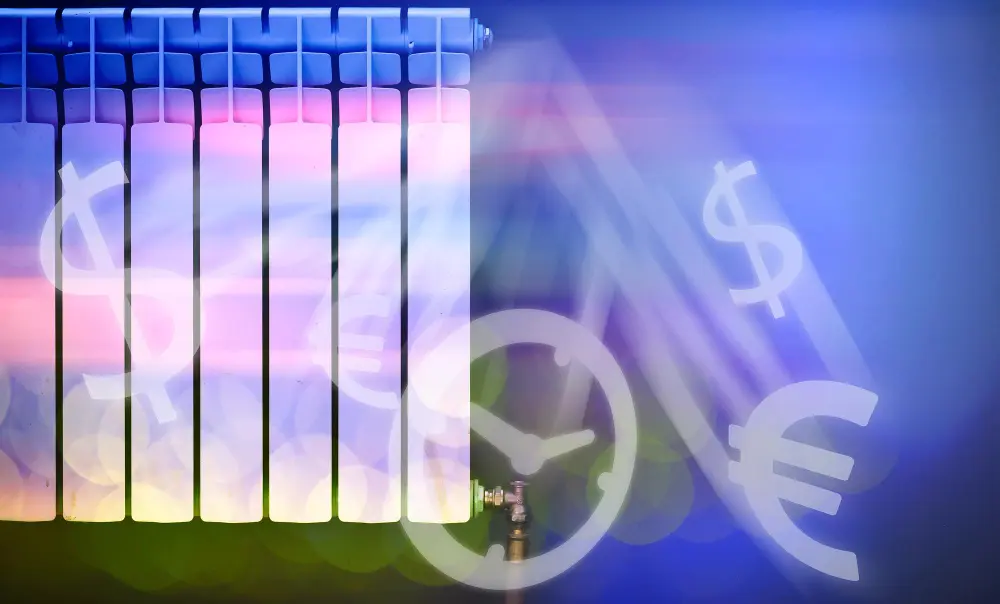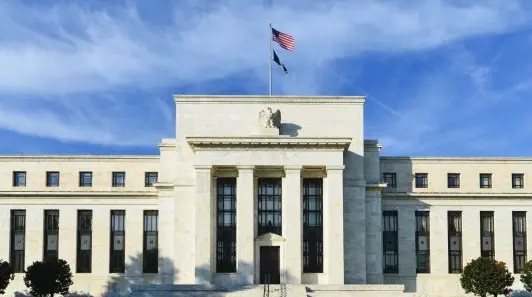Romanian retail sales fell 4.0% month-on-month in August. Excluding the pandemic lockdown period, this is the largest monthly drop since the 2009-10 crisis. What’s more, the July print was also revised down from a 0.3% advance to a 0.7% decline, clouding the outlook for the third quarter’s private consumption. The downward revision was spread across the main categories, making the apparent frontloading of purchases ahead of August tax hikes much less spectacular.
Observing the monthly breakdown, food sales fell by 3.4% month-on-month (-0.6% in July), non-food sales fell by 3.0% (-0.2% in July), and fuel sales declined by 2.9% (0.7% in July).
Looking at the bigger picture, year-to-date figures are less alarming. Up to August, food sales edged slightly lower, but non-food and fuel sales are still up by 5.8% and 2.8%, respectively. For context, non-food retail sales (the key growth driver in recent times) grew by 14.3% in 2024. Looking at year-on-year evolutions, the chart below outlines today’s result and the large contributions of non-food items across the board

What do we make of today's numbers?
Today’s data brings together the combination of both a downward trend in private consumption, which has crystallised throughout the year (especially around the fiscal tightening, prolonged negotiations and decisions) and a mechanical reversal of the pre-emptive consumption seen ahead of tax hikes.
However, the latter’s magnitude is rather small compared to the former, especially after the downward revision of July data. Historically speaking, June’s 1.1% monthly increase is ultimately just an above-average good month, while August’s 4.0% monthly decline (-2.2% YoY) is one of the worst results in the series.
Ultimately, this raises concerns, but it should not be regarded as a doomsday result, at least not yet. Multiple factors were at play, weighing negatively on the print.
First, let's not forget that there was a stronger-than-expected performance in retail sales last year, and sales have remained robust up until recently. So, apart from the households turning more economically pessimistic, at least part of the ‘bad news’ is due to readjustments from otherwise strong recent upturns, which were likely unsustainable over longer periods of time.
Second, last year’s spending spree is likely to have also coagulated many products or large purchases of non-food items which consumers don’t buy every year. Consumer credit also grew vigorously. Now, higher inflation, higher taxes and unemployment fears have come into play in what would have likely been a spending spree readjustment either way.

Despite these headwinds, the outlook is not entirely bleak. Public investment plans for the next 12 months should provide a counterbalance, supporting confidence and helping offset weaker household demand. The economy is unlikely to face a simultaneous collapse in both consumption and investment; rather, strong investment activity should pave the way for a gradual recovery in consumer confidence once labour market fears begin to ease.
Overall, August’s retail downturn reflects a cooling in household demand, shaped by both structural caution and tax-related factors. While this is cause for concern, it does not suggest a prolonged crisis. If the planned public investments are implemented as intended, they should help stabilise employment prospects and enable the economy to rebound from this consumer slowdown more quickly than anticipated.







































































